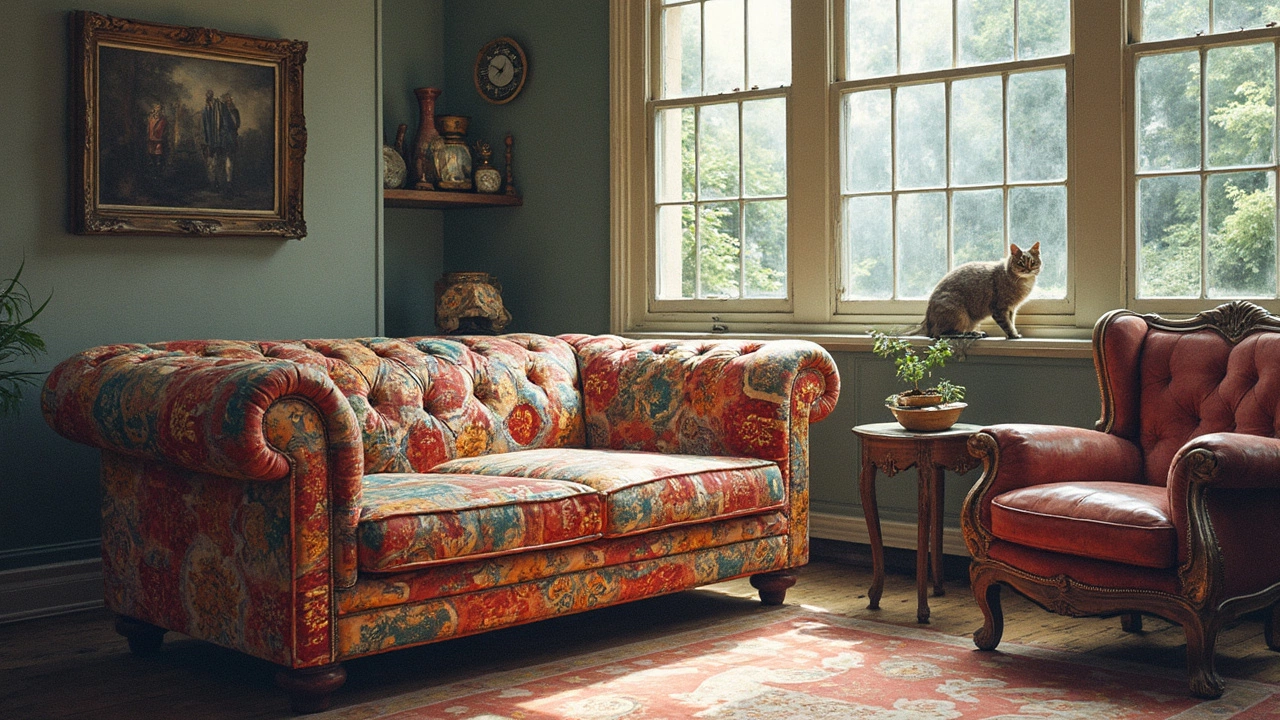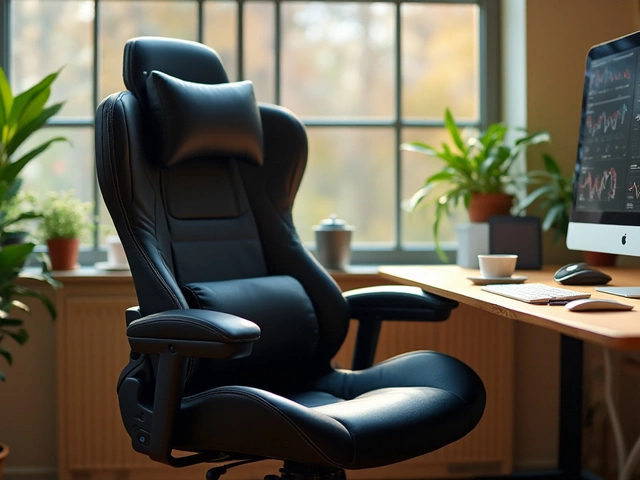Car Wrap Basics: Choose, Apply, Keep It Fresh
If you’ve ever wondered how those eye‑catching graphics end up on cars, you’re in the right spot. A car wrap can turn an ordinary vehicle into a moving billboard, protect the paint, and even boost resale value. The good news? You don’t need a super‑high budget or a garage full of tools to get a decent result.
Choosing the Right Wrap
First things first – material matters. Most wraps use cast vinyl, which conforms well to curves and resists fading. If you’re after a matte, gloss, or even carbon‑fiber look, ask the supplier which finish is best for your model. Budget‑friendly options often use calendared vinyl; they’re cheaper but can lift in hot weather.
Next, think about design. A bold color or full‑body graphic can be great for a business, while a subtle stripe works for personal style. Use a high‑resolution file (at least 300 dpi) to avoid pixelation. Many wrap shops offer a mock‑up service – take advantage of it to see how the design wraps around doors, windows, and the hood.
Size matters too. Measure each panel of your car (hood, roof, doors, etc.) and add a few extra inches for trimming. Too much excess makes trimming a pain; too little means you’ll have gaps.
Installing and Caring for Your Wrap
DIY installation is doable, but it takes patience. Start with a clean, dry surface – wash the car, then wipe it down with isopropyl alcohol to remove wax and oils. Temperature is key; 60–80 °F (15–27 °C) gives the adhesive enough stick without becoming too soft.
Lay the vinyl sheet over the panel, smooth it with a squeegee, and work from the center outward to push out air bubbles. Use a heat gun on low for tricky curves – it helps the film stretch without tearing. Once the piece is in place, trim the excess with a sharp utility knife, then press the edges firmly.
After the wrap is on, give it a week before washing. When you do clean, stick to a gentle hose spray and a soft cloth. Avoid harsh chemicals, abrasive sponges, or high‑pressure washers – they can peel the edges. If you notice a bubble, a tiny pin prick and a gentle press with a heat gun usually fixes it.
Maintenance is simple: park in the shade when possible, and wax the wrap every six months with a product made for vinyl. This keeps the colors bright and adds a layer of protection against UV rays.
In a nutshell, a car wrap is a cost‑effective way to personalize or promote your vehicle. Pick the right material, get a solid design, follow basic prep and installation steps, and treat the wrap gently, and you’ll enjoy a fresh look for years.



